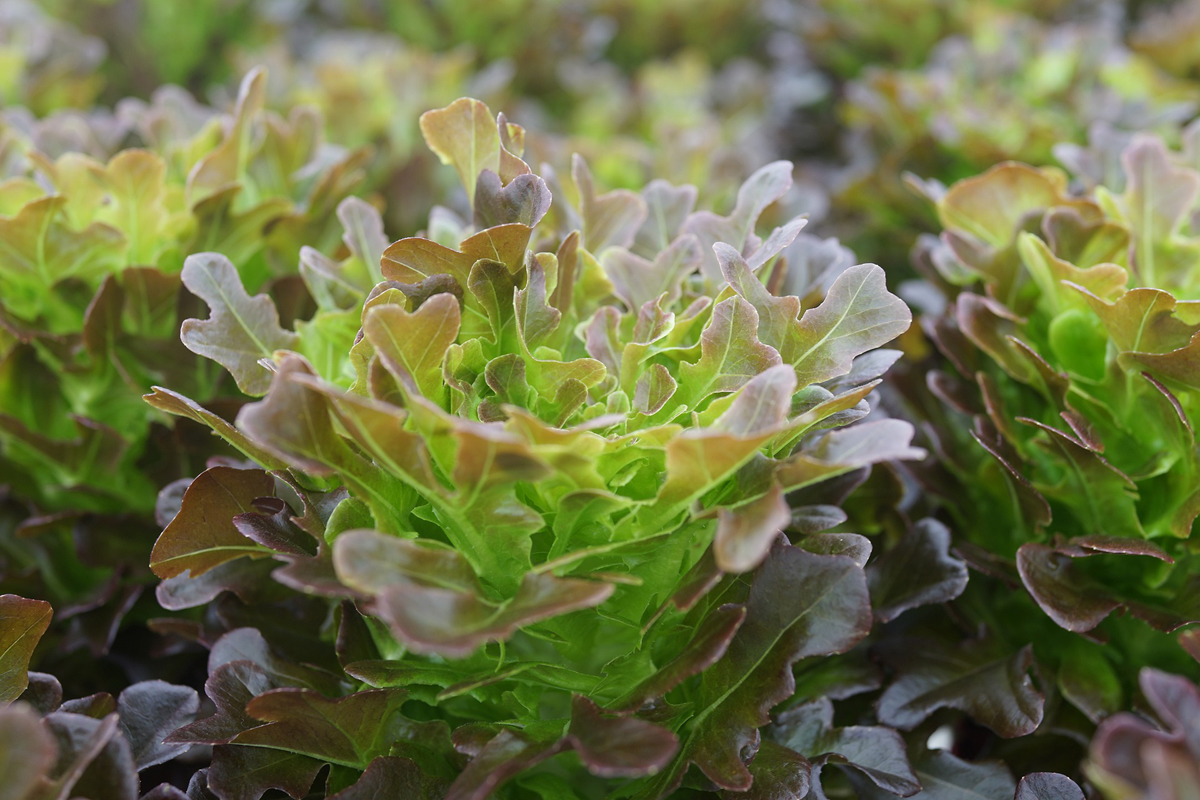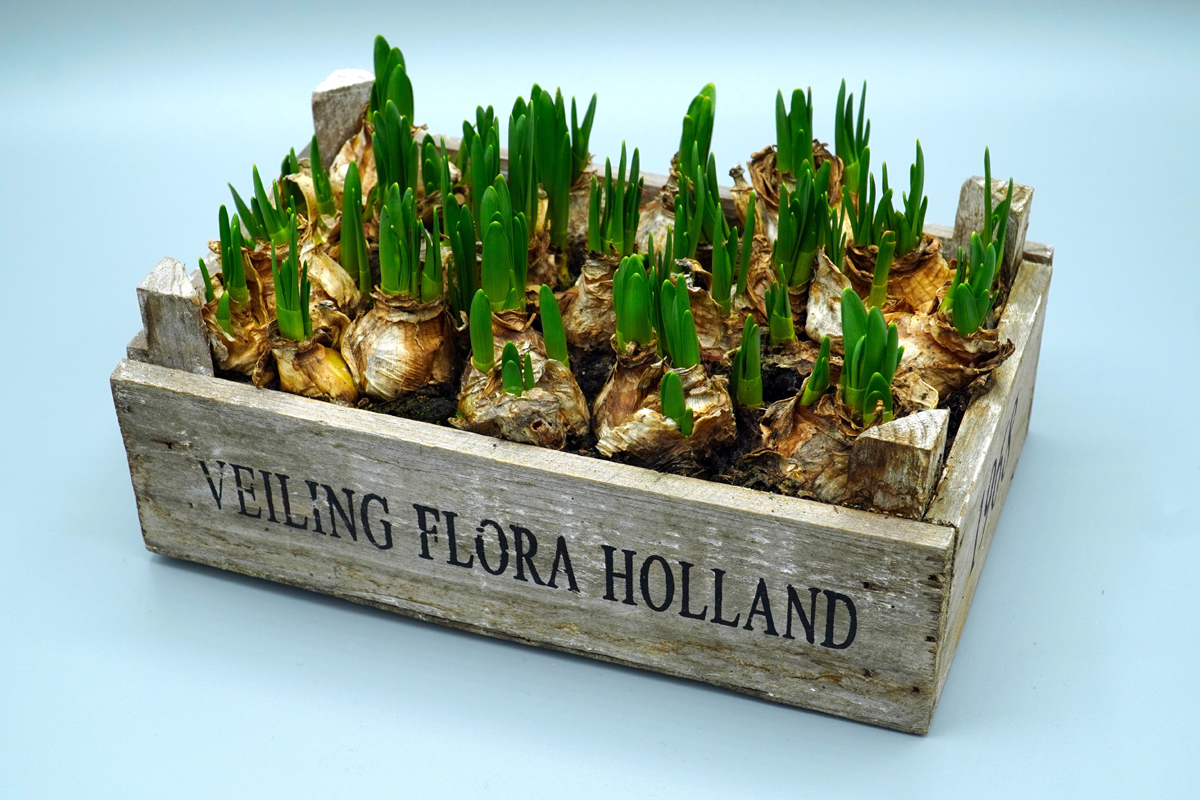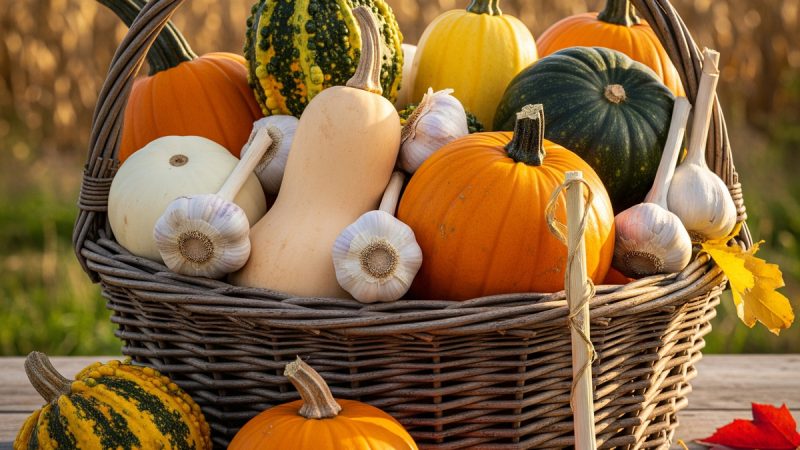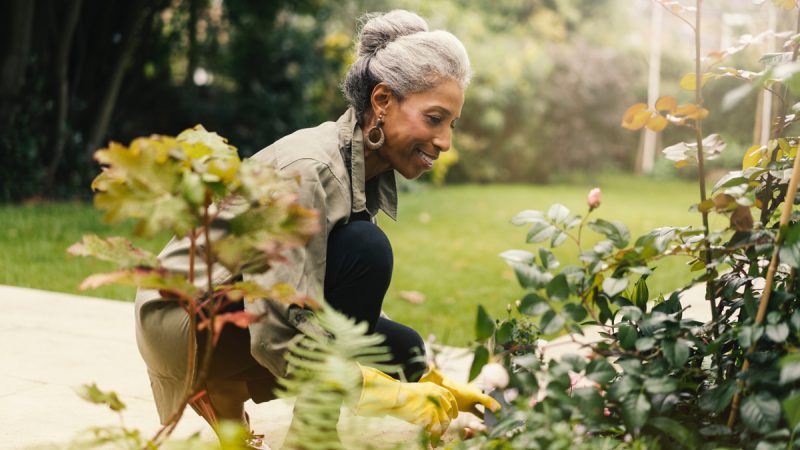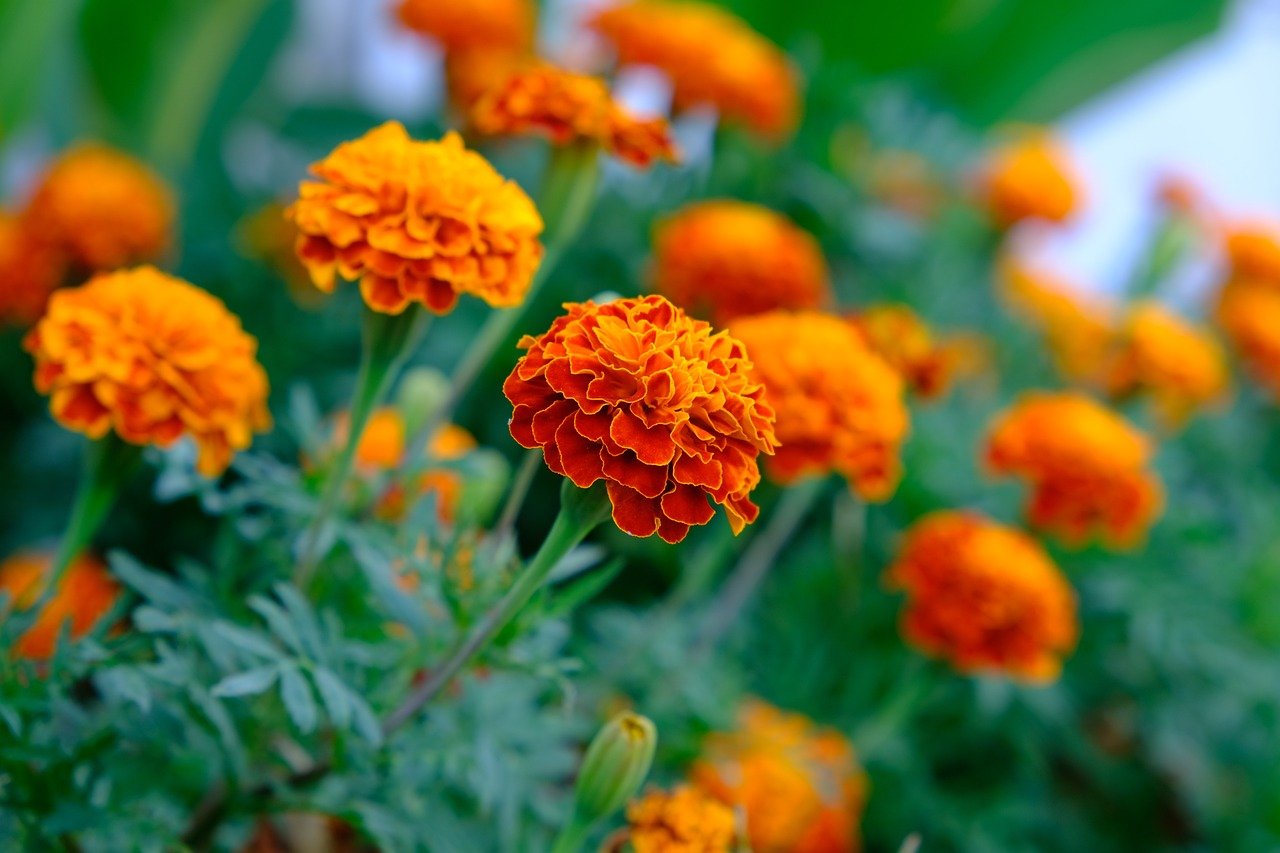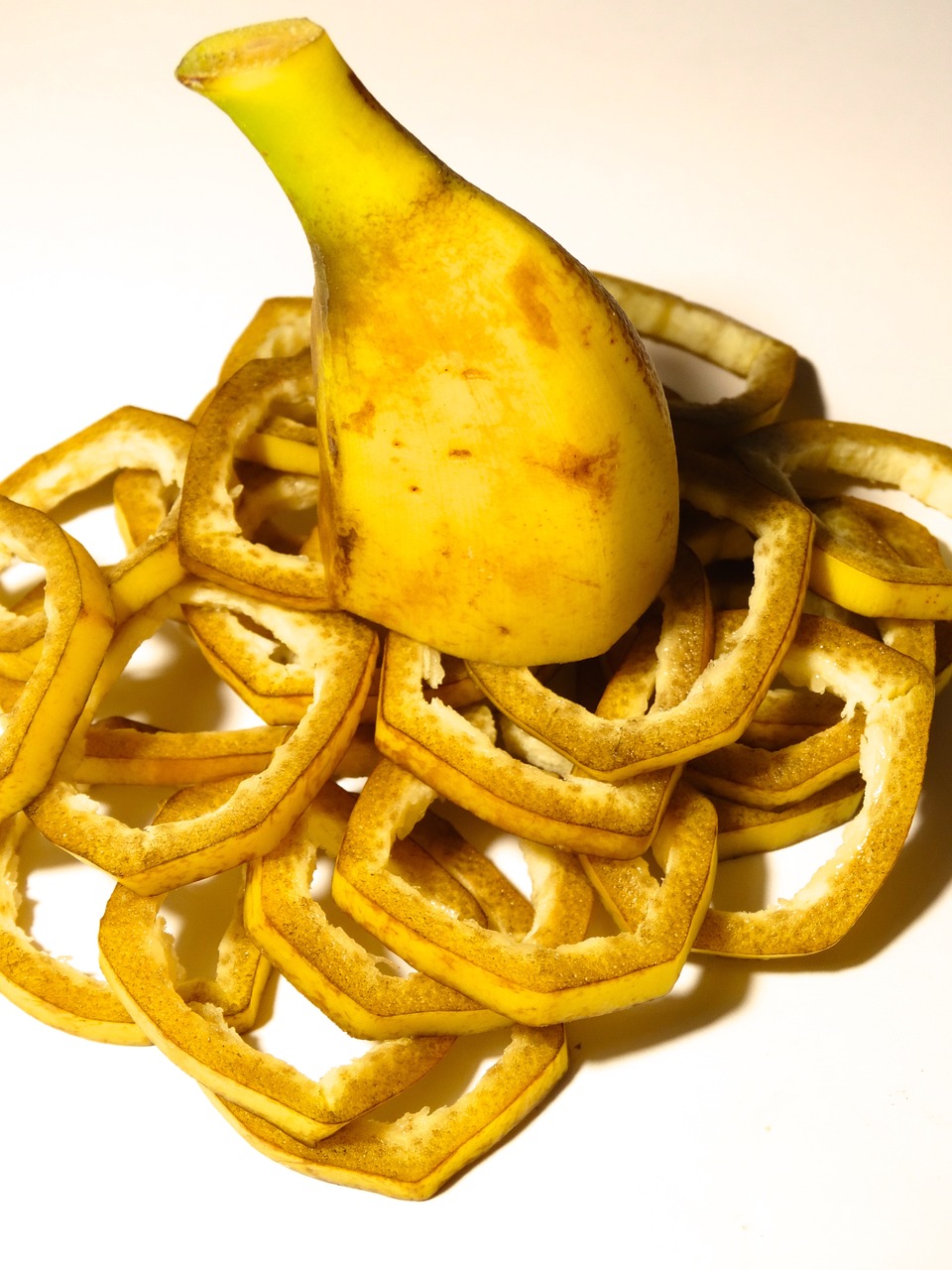Storing Seeds for Organic Home Gardening
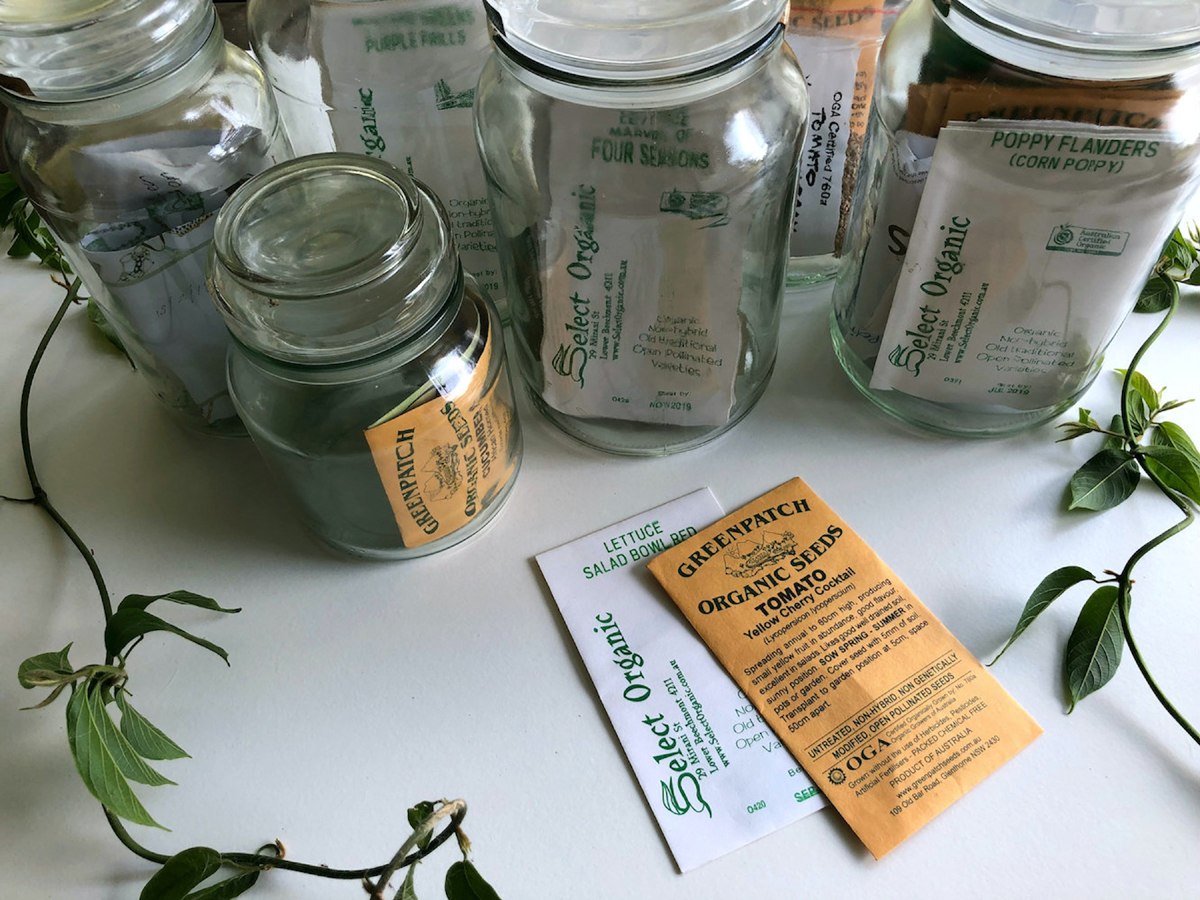
Storing seeds that you obtained from other plants is a strategy for organic home gardening. Save and store your plant seeds for growing at a later time for when you decide to plant. Although there is no promise that the seeds might grow from saving them, you can take the extra ideas to save them which will allow them to grow like they might of within their own natural environment.
Before you decide to start storing your seed products, you need to clean and dry them in order to preserve the seeds from any kind of molds, mildewing or dampness. If your taking your seeds from a natural plant, you will need to clear away the additional matter, such as the cob, shell or gel coating from tomato seed. It is possible to save most seeds without any extra needed work, just wipe them dry and separate them from the husk or core. If you want to grow and store your own seeds, save something that you want to enjoy growing and eating. Planting your own food is an enjoyable experience. The most common seeds to save are tomato, cantaloupe, watermelon and pumpkin. Even if you didn’t get your seed from vegetables or fruits, storing seed that you got from the gardener stores will have the same effect.
Seed storage is one the many issues that you face when doing organic home gardening because you should have usable seeds for next season – store the seed you do not use. When setting up your storage space you want to take into consideration the hot and cold temperature and moisture because you want to store them in a space which has a constant low temperature and low levels of moisture. Any substantial levels of temp fluctuations will lessen the amount of time your seed will be good for. You can also use your deep freeze or fridge because you may not require much space. If you decide to place them in the refrigerator or freezer, the make sure you put them towards the back put away from the fan. You need a consistent temp so when the fan kicks on it will disburse colder air, just like when you open up the door, warmer air may rush in. Essentially whenever you place them in these appliances, your almost causing hibernation within the seeds. If you need to store them for long term, try a freezer, shorter duration I would use a refrigerator. Keep in mind any dampness can harm them and reduce their life cycle or make them never germinate.
Once you store them, arrange them into small packets and place the small packages inside a bigger container. Which protects them and protects them from any fluctuations in temps or any abnormally cold that may harm the seed. By storing them in smaller packets, it enables you to use what you want the next time you need them. You can use plastic baggies or envelopes – be sure to mark the date and type of seeds they are if you discarded the originally packing.
When it is time to grow, it may be best to take the seeds you need to use and place them into a different container, after that into a place that is slightly warmer then the place they were originally stored a few days. This is a good time to prepare the seed planters. If you had them in the deep freeze, place them into the refrigerator – if they were in the refrigerator, place them in a cool place such as a basement or cooler room in the home. This is the most difficult part because you still want to avoid the humidity issue. Not every place is exact and its hard to judge temperatures and how the seeds will react. You just want to have them stabilized and provide them a few days to thaw before you plant. Some seeds might do better after freezing or refrigerating, because it copies the normal winter months.
The Author:
GardenersStore

